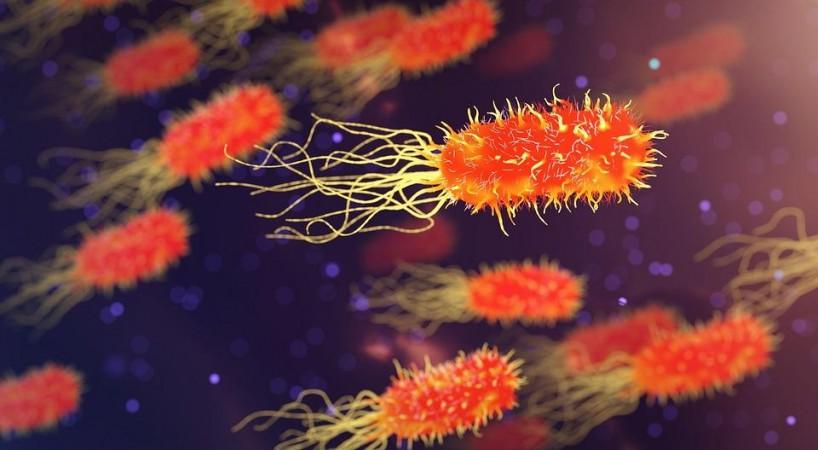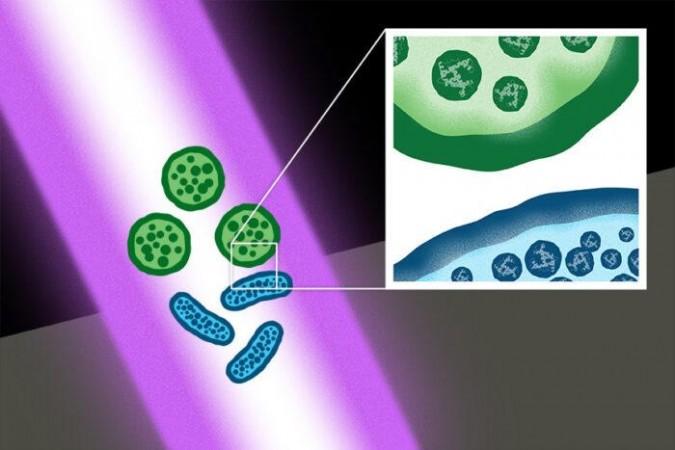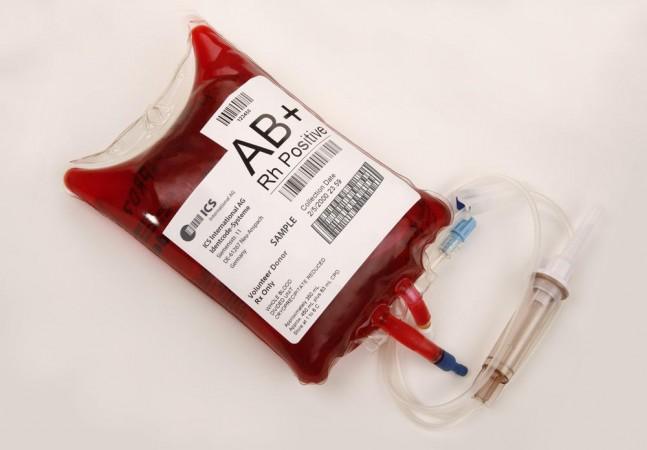Among the several concerns that the medical fraternity is faced with, antimicrobial resistance is among the worst. This dwindling (or lack of) sensitivity to conventional antibiotics has resulted in the emergence of a new class of pathogens known as 'superbugs' that are notoriously hard to kill. Now, scientists have reported that lasers emitting ultrashort pulses of light can destroy multidrug-resistant bacteria and resilient bacterial spores.
Through a new multi-institutional study, researchers found that ultrashort-pulse lasers can kill bacterial superbugs such as multidrug-resistant Staphylococcus aureus (MRSA) and spores like that of Bacillus cereus. The new technique could potentially help in the sterilizing of wounds and blood products without causing damage to healthy cells, in the future.
"The ultrashort-pulse laser technology uniquely inactivates pathogens while preserving human proteins and cells," said Dr. Shaw-Wei (David) Tsen, first author of the study, in a statement. The findings were published in the Journal of Biophotonics.
Germicidal Effect of Lasers

An ultrashort pulse of light is an electromagnetic pulse that has the time duration of a picosecond or lesser (τp≤10−12 s). In older studies, the team had demonstrated the germicidal properties of ultrashort-pulse lasers where ordinary bacteria and viruses were neutralized without causing harm to human cells.
Through the current study, they aimed to explore the effect of the laser on antibiotic-resistant bacteria and bacterial spores. "We previously published a paper in which we showed that the laser power matters," stated Dr. Tsen.
Explaining further, he added: At a certain laser power, we're inactivating viruses. As you increase the power, you start inactivating bacteria. But it takes even higher power than that, and we're talking orders of magnitude, to start killing human cells. So there is a therapeutic window where we can tune the laser parameters such that we can kill pathogens without affecting the human cells."
Killing 'Superbugs' and Hardy Bacteria

Bacteria and viruses contain protein structures that are densely packed. An ultrashort-pulse laser can excite these formations. The laser developed by the authors kills pathogenic microorganisms by making these protein structures vibrate till some of the molecular bonds rupture.
The broken ends reattach themselves quickly to any protein surface that they can find, leading to the formation of connections that are not the same as those before the breaking of the bonds. This results in the formation of incorrect linkages within and between proteins. As a result, the disorderly coupling brings the normal protein function of the microorganisms to a halt.
The team's laser was pitted against MRSA and Escherichia coli (E. coli)—two different types of bacteria that are representative of the diversity within the bacterial kingdom—to test its efficiency. While MRSA causes infection of the lungs, skin, and other organs, E. coli causes diarrhea, urinary infections, and can infect wounds.
In addition to the two pathogens, the spores of Bacillus cereus were also challenged using the laser. The bacterium is known to cause spoilage of food and food poisoning, and can survive exposure to extreme heat (boiling and cooking). It was found that the lasers destroyed over 99.9 percent of the target bacteria in all the cases; their numbers were reduced by over 1,000 times.
Potential as New Sterilization Technique

According to the authors, the use of ultrashort-pulse lasers may serve as a new method of sterilization that reduces or eliminates damage to cells. For example, while chemicals, heat, and radiation are effective in inactivating pathogens, they can cause damage to human beings or crucial biological products.
The researchers suggested that lasers can help in decontaminating blood products and other biological products. "Imagine if, prior to closing a surgical wound, we could scan a laser beam across the site and further reduce the chances of infection. I can see this technology being used soon to disinfect biological products in vitro, and even to treat bloodstream infections in the future by putting patients on dialysis and passing the blood through a laser treatment device," noted Dr. Tsen
Dr. Tsen also highlighted that the chances of products derived from animal or human being contaminated with pathogens are high. Stressing on the role of microorganisms in contamination, Dr. Tsen concluded, "If a new blood-borne virus emerges, like HIV did in the '70s and '80s, it could get into the blood supply before we know it. Ultrashort-pulse lasers could be a way to make sure that our blood supply is clear of pathogens both known and unknown."

















